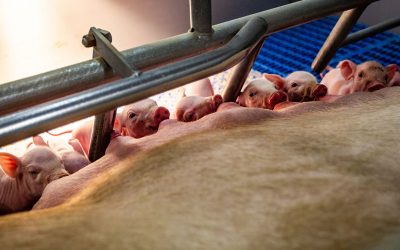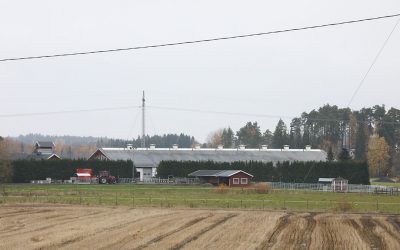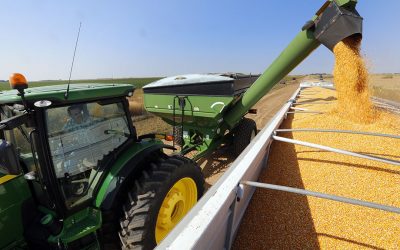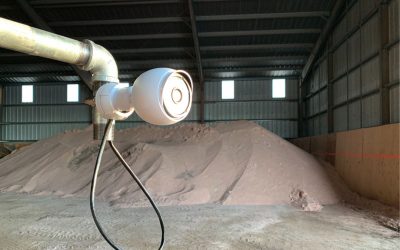EU subsidies vital for Finnish crop farm
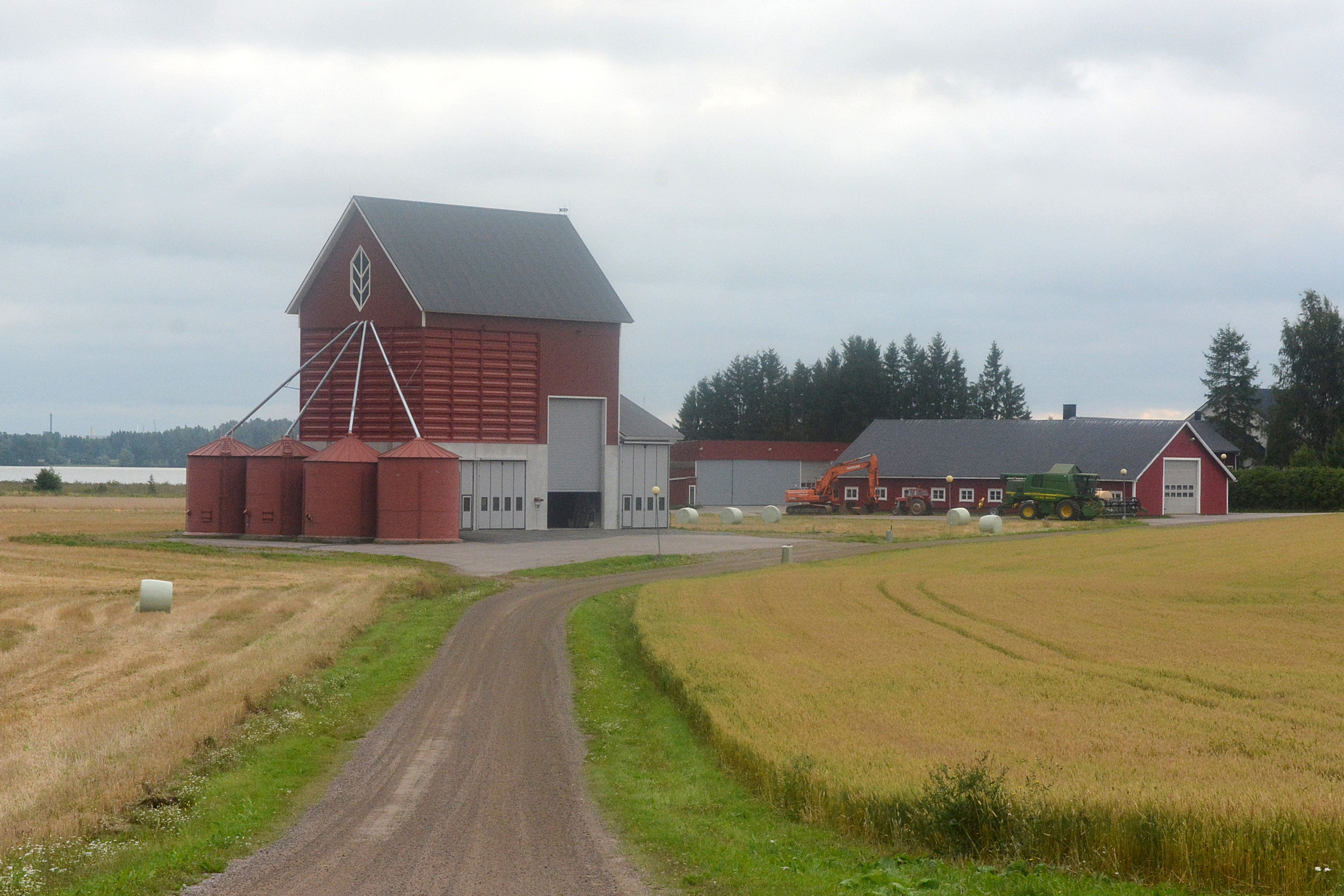
Two brothers from Finland who grow arable crops say receiving subsidies from the European Union is ‘demoralising’ but they would be out of business without them. All About Feed visited Jouko and Esa Riola to find out more.
Jouko and Esa Riola farm 250 hectares between them at Tuusula, just north of Helsinki, the capital of Finland. Around 160 hectares are owned while the remainder is rented in 30 plots ranging in size from a few hectares to a few dozen hectares. The Riola brothers are quite lucky as they farm some of the best land in Finland as it is well drained and has excellent soil nutrition levels. Some of the land is sited beside a lake and with strict nutrient leaching regulations the brothers have to be very careful with crop rotation and applied fertiliser levels. “We farm rye, spring wheat, rapeseed and peas. Yields are not the best in Finland and, due to crop rotation and environmental regulations, we have to plant some of the fields in different grass and legume varieties. These will then be ploughed in as a green fertiliser, after which those fields would normally be planted for winter crops, most likely for rye,” said Jouko.
Grain drying unit rebuilt
In Finland this year, however, the farmers are experiencing a late growing season which means planting any winter crops is a huge risk. “This year our growing season is late and we will not be able to plant any winter crops, which is not what we were expecting but there is nothing we can do about the weather.” The cold and wet climate in Finland, particularly around harvest time in August, means most of the cereal crops have to be dried before storage. Jouko and Esa rebuilt their grain drying unit and storage sheds in 2014 at a cost of half a million euros helped by the Finnish government stumping up 20% of that.
“We share machinery with other farmers in a bid to save costs,” said Jouko. Shared machines include a Vaaderstad cultivator, a grain drill, chemical sprayer, John Deere combine, and the Antti grain dryer with storage unit. “Our harvest moisture rates may range from, say 15 to 25% moisture, even up to, in difficult conditions, 30%. Grain drying is expensive, but we just have to do it,” he added. In fact, Jouko estimates his drying costs to be around € 20 to € 30 per tonne and uses both gas and diesel to power the driers. It takes 15 hours to dry rye from 30% moisture down to 11% working out at around 1.5 degrees every hour.

Subsidies are demoralising
Wheat, barley and rye crops are all sold to local mills via spot buying agreements rather than contracts but prices hover around € 150 per tonne on average for the grains.
Jouko and Esa receive € 650 per hectare from the EU and the Finnish government as a subsidy but say this is demoralising and not the way farming should be.
“It is demoralising to simply receive this money and do very little for it,” said Esa. “That is simply not the Finnish way of doing things. We have no incentives to increase the yields or to introduce new technology. But there is no other alternative on the table at the moment. Although the structures within the European Union are very much fractured we must remain a member for now otherwise we would go out of business.”
Farming is a passion for both Jouko and Esa and it’s in their blood but both of them run second businesses in order to keep their farming interests afloat. Jouko runs a land construction company while Esa is a building engineer and consultant.
Both men say land prices are extremely high, restricting expansion while commodity prices remain lower than in other European member states. Farm land in the Tuusula area costs between € 15,000 to € 20,000 per hectare while rental prices vary between € 250 to € 500 per hectare. Crop prices are typically 30% lower in some cases compared to those received in other areas of Europe. Jouko and Esa share their concerns about their farming profitability and continuity of the family farming business in Finland. Jouko: “On top of poor profits, the EU has introduced a tremendous amount of red tape, paperwork and bureaucracy, which makes farming very hard to justify. The current farm commodity pricing and subsidy system will not encourage farmers to put their best knowledge and effort into the business. This is demoralising.”
No point in aiming higher
About 50% of their farming revenue comes in the form of different subsidies. Their average yield for spring wheat is around five tonnes per hectare. However, his fields and growing conditions have a potential for more. So, if he aims for seven tonnes to the hectare, he would need to add € 100 for fertiliser, another € 100 for chemicals and one more € 100 for labour, not mentioning additional drying and handling costs for increased crop. “There is no point in aiming higher,” he said. “I get paid subsidies for filling in some paperwork and sitting back putting in no effort. The system really is demoralising,” Jouko concluded.




